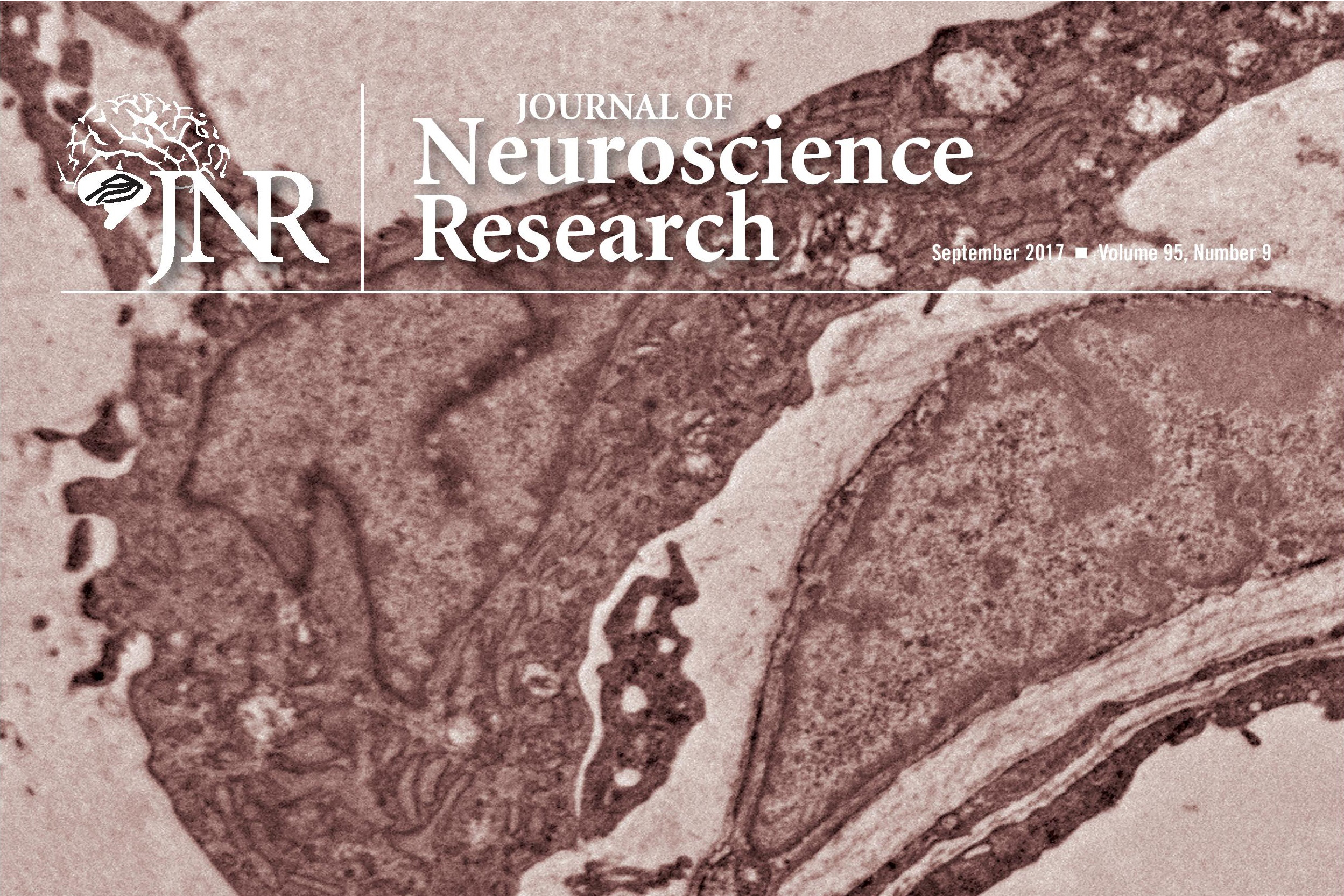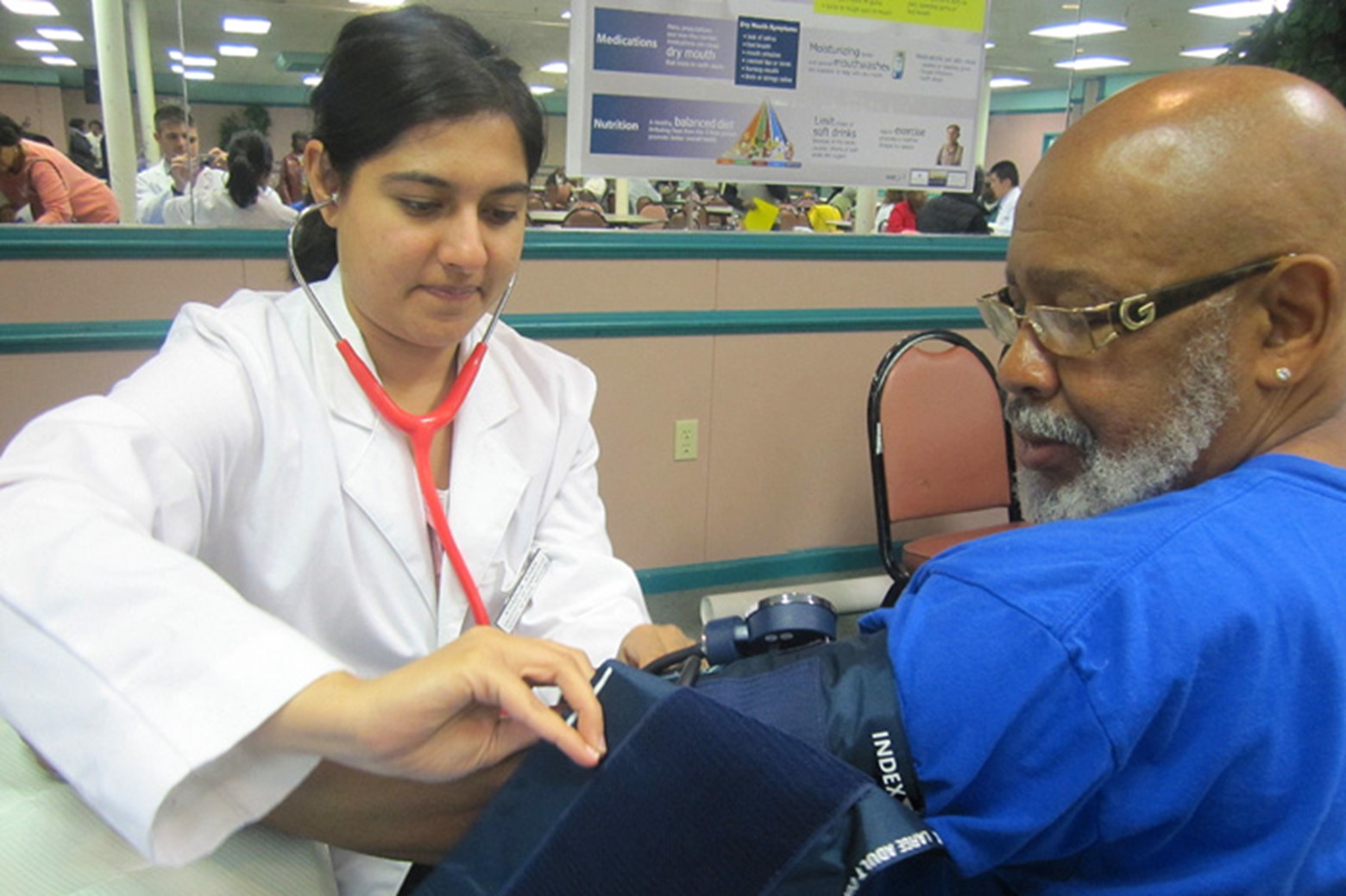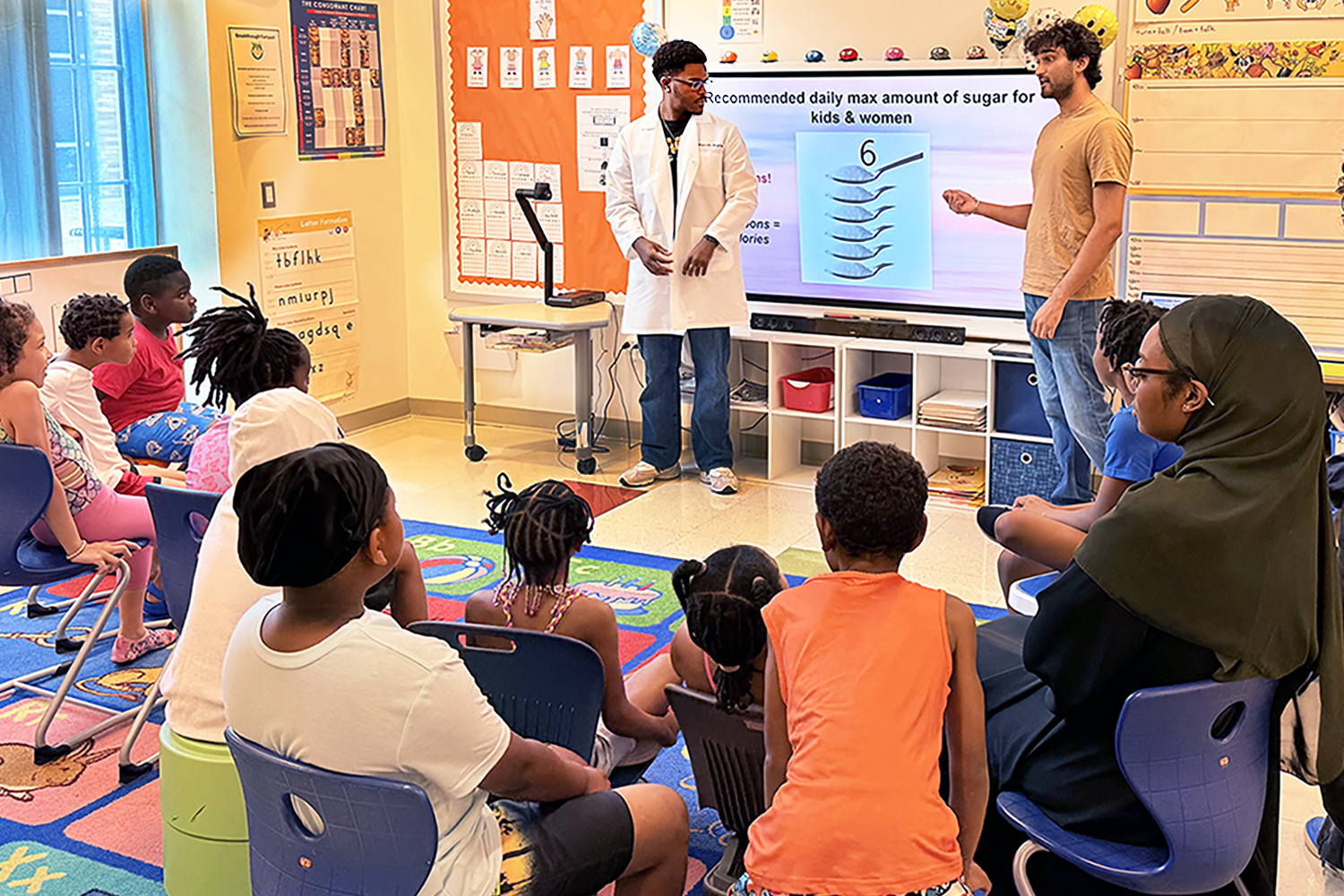The formation of tumors in the eye can cause blindness. But, for some reason our corneas, the transparent layer that forms the front of our eyes, have a natural ability to prevent it.
Researchers in the laboratory of UConn Health associate professor of neuroscience Royce Mohan believe they are closing in on an explanation for that. They detail their findings in what will be the cover article of September’s Journal of Neuroscience Research.
It has to do with a pair of catalytic enzymes called extracellular signal-regulated kinases 1 and 2 (ERK1/2) in the peripheral nervous system. When the ERK1/2 are over-activated in a specific type of cell known as Schwann cells, the “anti-cancer privilege of the cornea’s supportive tissue can be overcome,” says Mohan, who holds the John A. and Florence Mattern Solomon Endowed Chair in Vision Sciences and Eye Diseases at UConn Health.
Mohan’s research group, led by Paola Bargagna-Mohan, assistant professor of neuroscience, has now established a link between overactive ERK1/2 and corneal fibrosis, the thickening and scarring of connective tissue.

The cornea’s natural resistance to tumors can fail during the course of neurofibromatsosis-1, a rare disease caused by disruptions in a gene that acts as tumor suppressor protein. When neurofibromatsosis-1 occurs, patients develop an enlargement of corneal nerves, and sometimes, corneal tumors. Increased ERK1/2 activity is associated with both.
“These findings from Royce Mohan and colleagues may inform research toward developing better strategies for the prevention of corneal neurofibromas in people,” says Dr. George McKie, director of the cornea program at the National Eye Institute, which funded the study.
The study was done in collaboration with Rashmi Bansal, professor of neuroscience, and research associate Akihiro Ishii. Their investigation, funded by the Jacob Javits Neuroscience Investigator Award from the National Institute of Neurological Disorders and Stroke, was primarily to look at the important role of ERK1/2 for making myelin, a substance that forms an insulating layer in nerve cells that is essential to the nervous system’s proper function, including the transmission of pain sensations.
“Interestingly, ERK activation in corneal Schwann cells initiated their transformation into a fibrosis-driving function much before tumors actually developed,” Mohan says. “Because this essentially is a slow-growing tumor, there could be therapeutic opportunity to block the ERK1/2 protein disease axis with inhibitory drugs in the future.”
“Now, it is the other half of the inquiry that remains—how corneas restrict ERK1/2 from becoming chronically active—that may help answer how the cornea stays free from tumors for life,” he says.



